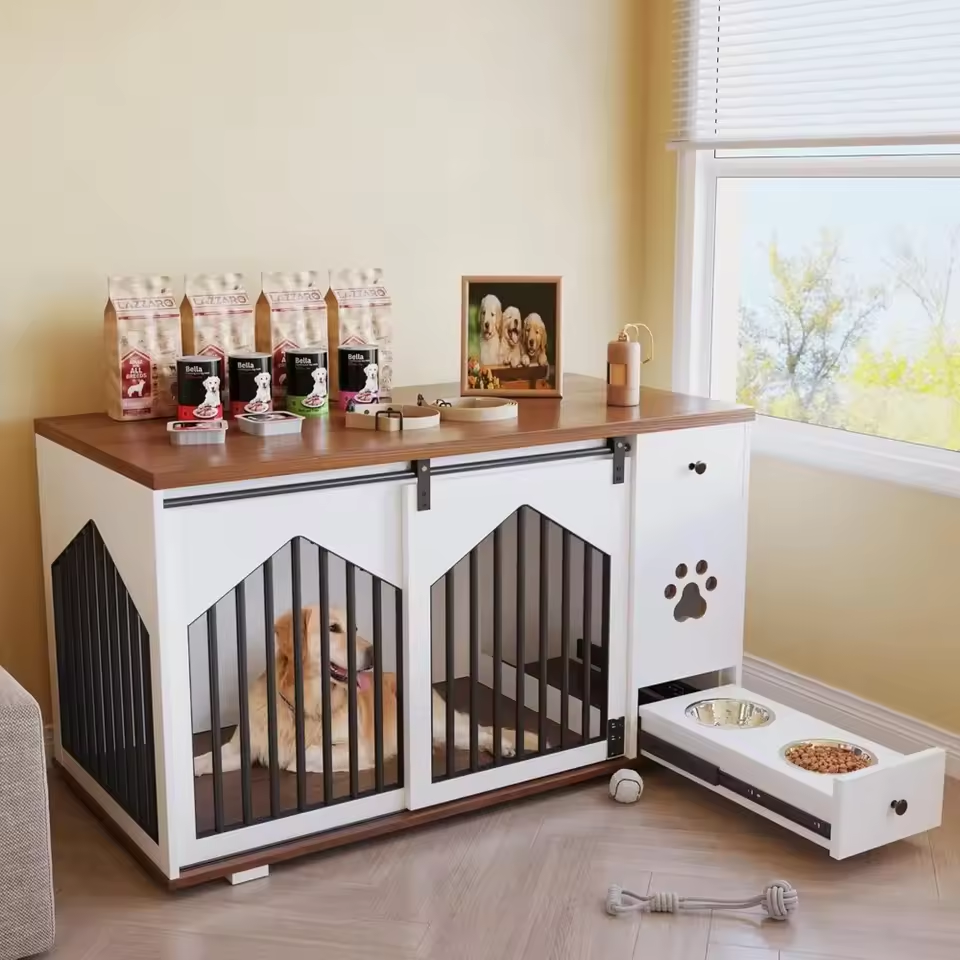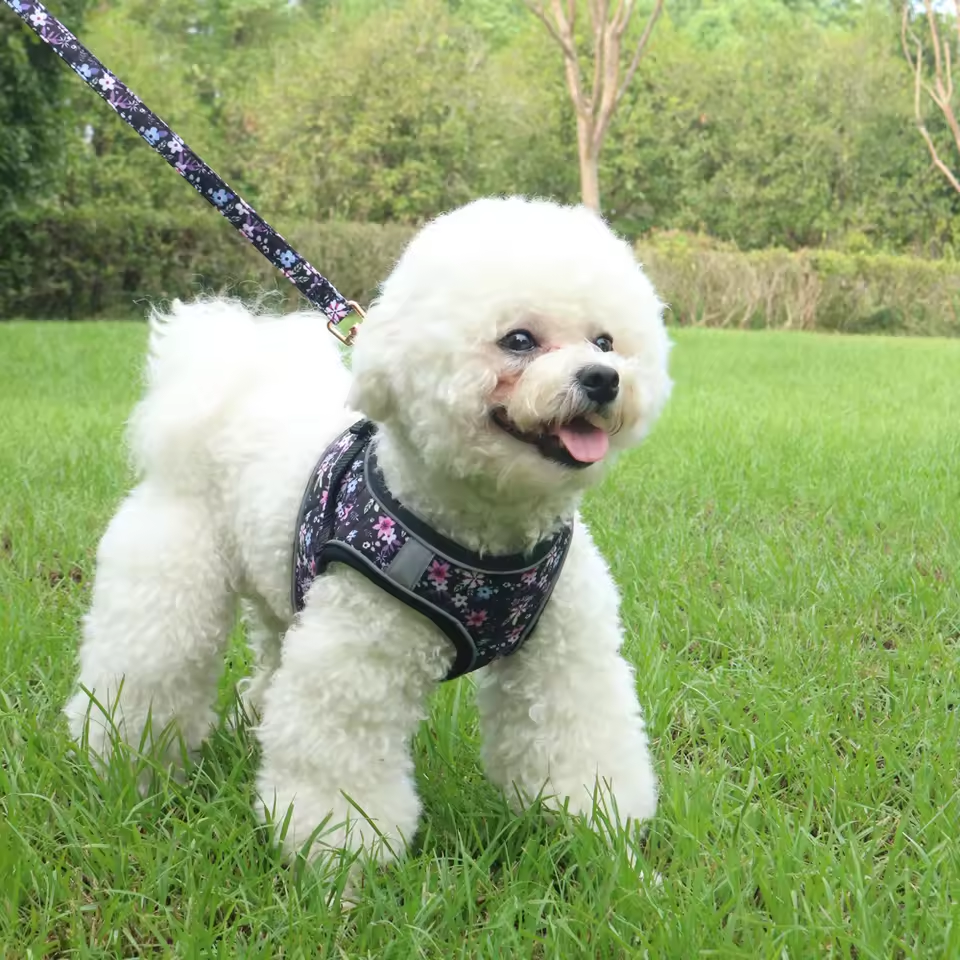The image of a handler clad in a thick, padded suit while a K-9 dog lunges and grips might be familiar from movies or police documentaries. This protective gear, known as a dog training suit, serves a crucial role in training specific working dogs. However, for the average pet owner, the concept of a dog training suit can be confusing.
Let’s delve deeper into the world of dog training suits, exploring their purpose, the types available, and whether they might be a suitable tool for your own canine companion.
Contents
- Unveiling the Purpose: Why Use a Dog Training Suit?
- Navigating the Options: Types of Dog Training Suits
- Beyond the Suit: Alternative Training Methods
- Considering Safety: Responsible Use of Dog Training Suits
- Considering factors like material, flexibility, and mobility when choosing a dog training suit
- The Final Decision: Is a Dog Training Suit Right for You?
Unveiling the Purpose: Why Use a Dog Training Suit?
Dog training suits are not intended for everyday walks or obedience training. Their primary function is to provide safe and controlled exposure to biting and apprehension during the training of working dogs like police K-9s, military canines, and personal protection dogs.
Here’s a breakdown of the specific purposes:
- Developing Bite Drive: Working dogs need a strong bite for apprehension and control. The suit allows handlers to safely encourage and develop this drive in a controlled environment.
- Building Confidence: By experiencing successful bites on the suit, the dog gains confidence in its ability to perform its duties.
- Safe Practice Scenarios: The suit enables handlers to simulate real-world scenarios where the dog might need to apprehend a suspect, ensuring proper response and bite control.
While these suits offer valuable protection, it’s important to remember that they are just one piece of the puzzle. Effective working dog training involves a comprehensive program with experienced handlers who prioritize the dog’s well-being.
Dog training suits come in various configurations, each suited to a specific training goal:
- Full Bite Suits: These heavy-duty suits offer complete protection, covering the arms, torso, and legs. They are ideal for bite development and apprehension training.
- Bite Sleeves: These padded sleeves are worn on the arm and allow for targeted bite training while maintaining mobility.
- Agitation Suits: Lighter suits with built-in padding focus on simulating real-world scenarios during apprehension training.
The choice of suit depends on the dog’s breed, training stage, and the desired outcome. Ultimately, a qualified professional dog trainer can recommend the most appropriate type for your specific needs.
Beyond the Suit: Alternative Training Methods
While dog training suits play a role in working dog training, it’s important to explore alternative methods that promote positive reinforcement and build a strong bond between dog and handler. Here are some effective approaches:
- Clicker Training: This method uses a clicker to mark desired behaviors, followed by a reward, creating a positive association with obedience.
- Target Training: Teaching the dog to touch a specific target with its nose helps in building focus and control.
- Scent Work: Engaging a dog’s natural sense of smell through scent detection games can be stimulating and mentally rewarding.
- Play-Based Training: Fun and interactive play sessions can reinforce positive behaviors while strengthening the bond between dog and handler.
These alternative methods can be used alongside suit training for working dogs, or as the primary training approach for pet dogs.
Considering Safety: Responsible Use of Dog Training Suits
Dog training suits are not without potential drawbacks. Here are some safety considerations:
- Improper Use: The suits should only be used by experienced professionals trained in proper handling techniques to avoid injury to both the dog and the handler.
- Overuse: Overexposure to the suit can lead to frustration or desensitization in the dog. Balanced training with positive reinforcement is crucial.
- Emphasis on Control: Training should prioritize building a trusting relationship with the dog, not just dominance through physical means.
When considering a dog training suit, prioritize the safety and well-being of your dog.
Considering factors like material, flexibility, and mobility when choosing a dog training suit
While dog training suits aren’t for everyday walks in the park, for professional dog trainers, they are crucial tools. But with various options available, choosing the right suit requires considering factors beyond just protection. Let’s explore three key aspects: material, flexibility, and mobility.
Material Matters: Durability and Protection
The material of a dog training suit significantly impacts its effectiveness and lifespan. Here’s a breakdown of common materials:
- Synthetic Fabrics: High-tenacity nylon or polyester blends are popular choices due to their durability, resistance to punctures and tears, and ease of cleaning.
- Leather or Leatherette: These materials offer excellent puncture resistance but can be heavier and less breathable.
- Armored Padding: Often incorporated into high-protection suits, these are strategically placed inserts made of hard plastic or Kevlar for enhanced bite defense.
The ideal material depends on the training purpose. Bite sleeves for targeted training might prioritize flexibility, while full bite suits for apprehension training might require a sturdier build with armored padding.
Finding the Balance: Flexibility for Maneuverability
A dog training suit shouldn’t hinder the handler’s movement. Here’s where flexibility comes in:
- Paneling and Design: Well-designed suits incorporate strategically placed panels that allow for a good range of motion in the arms, legs, and torso.
- Stretch Materials: Some suits integrate stretchy materials in key areas like the elbows and knees to enhance flexibility without compromising protection.
A flexible suit allows the handler to react swiftly and maintain control during training exercises.
Moving with Freedom: Importance of Mobility
Closely linked to flexibility is mobility, which refers to the suit’s overall weight and design. Here’s why it matters:
- Lightweight Construction: Modern training suits are made with lightweight materials that offer protection without sacrificing mobility.
- Ergonomic Design: A well-designed suit distributes weight evenly and avoids restricting the handler’s natural movements.
A mobile suit enables the handler to perform training exercises effectively and reduces fatigue during extended training sessions.
Material, flexibility, and mobility are all essential factors to consider when selecting a dog training suit. By prioritizing these aspects, professional dog trainers can ensure they have the right gear to safely and effectively train their canine partners. Remember, consulting with a qualified dog training equipment supplier can help you find the perfect suit for your specific needs.

The Final Decision: Is a Dog Training Suit Right for You?
Dog training suits are specialized tools reserved for working dog training under the guidance of a qualified professional. For pet owners, positive reinforcement training methods are generally the most effective and humane way to train their dogs.
Here are some signs a dog training suit is not necessary:
- Your Dog Exhibits Aggressive Behavior: If your dog shows signs of aggression towards people or other animals, consult a certified animal behaviorist for personalized solutions that address the root cause of the issue.
- You Want to Train Your Dog for Basic Obedience: Positive reinforcement training methods are highly effective for teaching basic commands like sit, stay, and come.
Remember, a well-trained dog should be a joy, not a source of fear or anxiety.
In conclusion, dog training suits serve a specific purpose in developing working dogs. For pet owners seeking to train their furry companions, positive reinforcement methods remain the golden standard.






